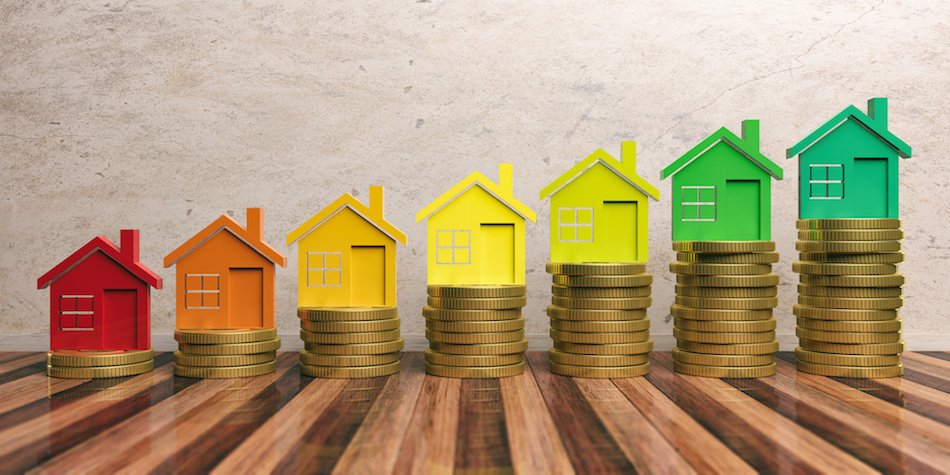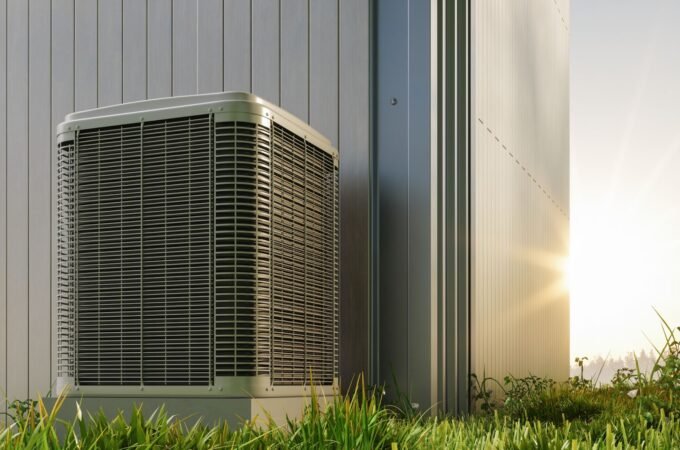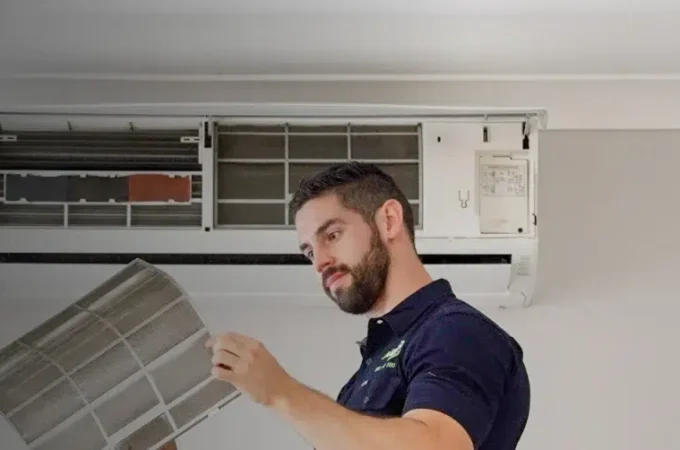
Effective Strategies for Energy-Efficient Home Upgrades and Repairs
With the escalating environmental concerns and rising energy costs, more homeowners consider energy-efficient upgrades and repairs a viable solution. According to a report, in 2021, residential sectors accounted for nearly 22% of the total energy consumption in the United States, but a lot of this energy goes wasted due to inefficiencies.
This article will explore several energy-efficient home improvement strategies and how these contribute to a more sustainable future and lead to significant cost savings.
Insulation and Weather Stripping
Insulation acts as a barrier, keeping your home warm in the winter and cool in the summer. High-quality insulation in your home’s walls, floors, and ceilings slows heat transfer, reducing reliance on your heating and cooling systems.
Another equally crucial yet often forgotten aspect is weather stripping. It helps seal the gaps around windows and doors that could let in air, compromising the efficiency of your insulation. These cracks might seem small, but they can significantly affect your home’s energy efficiency as they allow precious heated or cooled air to escape.
A simple yet effective method, weather stripping ensures a comfortable, energy-efficient home, reducing the burden on your HVAC system and energy bills.
Energy-Efficient Bathroom Remodeling
In our quest for an energy-efficient home, the bathroom often gets overlooked. However, it’s a space where we use a significant amount of water and electricity daily. Thus, remodeling this area with energy conservation in mind can yield impressive savings.
One step towards an eco-friendly bathroom is choosing low-flow fixtures. Showerheads and faucets with this design reduce water use drastically. Another smart choice is a dual-flush toilet, offering two flushing options, minimizing water waste.
Bringing in bathroom remodeling experts that can help eliminate leakages, update plumbing fixtures, and employ the latest energy-saving technology is also a great way to ensure your bathroom is as eco-friendly as possible. These specialists can also guide you on the best fixtures and other smart technology to further enhance your bathroom’s efficiency.
Energy-Efficient Appliances
Are your home appliances in need of an upgrade? If yes, it’s the perfect opportunity to shift towards energy-efficient models. These are designed to perform just as effectively, if not more, than traditional ones while consuming less energy.
One reliable marker of energy efficiency is the Energy Star rating. Appliances that bear this label—from your refrigerator to your washing machine—have met strict guidelines set by environmental agencies.
Not only will these Energy Star-rated appliances lower your energy usage, but they’ll also reduce your carbon footprint. So, if you’re doing the laundry or keeping your food fresh, you’ll have peace of mind knowing you’re doing your part in preserving the environment.
Lighting
Lighting plays a significant role in setting the tone of your home. Yet, it also has a substantial impact on energy consumption. A solution is as simple as changing your traditional incandescent bulbs to LED ones.
LEDs, or light-emitting diodes, are a type of energy-saving light that can make a substantial difference to your power bills. What makes LEDs such a smart choice? First, they use far less energy compared to traditional bulbs, making them an effective way to reduce overall electricity consumption.
Second, they are incredibly long-lasting, which means you don’t have to replace them as often. This longevity not only saves money but also reduces waste.

HVAC System Upgrades
Heating, Ventilation, and Air Conditioning (HVAC) systems form the backbone of comfort in our homes. They keep us warm in the winter, cool in the summer, and maintain good air quality year-round. But if your HVAC system is old or outdated, it could use more energy than necessary.
Consider upgrading to a more efficient model. Modern HVAC systems are designed with energy savings in mind. These units use advanced technologies to deliver the comfort you’re accustomed to but with a fraction of the energy consumption.
Furthermore, an efficient HVAC system lowers your home’s energy use and reduces wear and tear, resulting in less maintenance and a longer life span.
Solar Panels
Solar panels convert sunlight directly into electricity, providing a renewable and clean energy source. By installing these on your roof, you tap into an inexhaustible resource, reducing your reliance on grid electricity.
But the benefits don’t stop there. Homeowners can sell excess solar energy back to the grid in many regions. This means your solar panels are not just saving you money but could also become a potential source of income. Plus, you’d be contributing to energy sustainability in your community by supplying green electricity.
While the initial investment might seem significant, solar panels pay for themselves over time through reduced electricity bills and potential earnings.
Energy-Efficient Windows
Windows do more than let sunlight in and provide views of the outside world. They play a significant role in your home’s energy efficiency. Energy-efficient windows are designed to insulate your home better, keeping the warmth in during the chilly winter and the heat out when the summer sun blazes.
These windows often feature double glazing and special coatings that reflect particular wavelengths of light. They can minimize the heat that passes through without sacrificing sunlight’s brightness and warmth.
Energy-efficient windows reduce the strain on your heating and cooling systems, leading to more manageable energy bills.
Water Conservation
Water conservation is a crucial part of creating an energy-efficient home. It is not just about saving water but also about reducing energy consumption, as heating water uses a substantial amount of energy. There are a few simple ways to cut back on both.
Low-flow fixtures, such as showerheads and faucets, are designed to use less water without compromising performance. That means you can still enjoy a satisfying shower or wash dishes effectively while using less water and, consequently, less energy.
Energy-efficient appliances, like dishwashers and washing machines, also play their part. They are designed to do the job using as little water as possible.
Lastly, consider a tankless water heater. Rather than keeping a tank of water hot around the clock, these heat water on demand, which can lead to significant energy savings.
Energy Audit
Taking the first step toward an energy-efficient home can sometimes feel overwhelming. Where should you start? What upgrades will give you the most bang for your buck? This is where an energy audit comes in handy.
It’s like a doctor’s checkup for your home, pinpointing where you’re losing energy and suggesting effective treatments. An energy audit involves a professional auditor inspecting your home to identify areas of energy inefficiency.
They may look at your insulation, HVAC system, appliances, lighting, etc. After the inspection, the auditor provides a report detailing their findings and offers tailored improvement recommendations.
Conclusion
An energy-efficient home is within reach for all homeowners. Upgrades like insulation, energy-efficient appliances, lighting, and windows can reduce energy consumption. Solar panels offer renewable energy, while water conservation reduces water and energy use. An energy audit can provide a roadmap for these improvements. Remember, each step, no matter how small, brings us closer to a sustainable, energy-efficient future.




